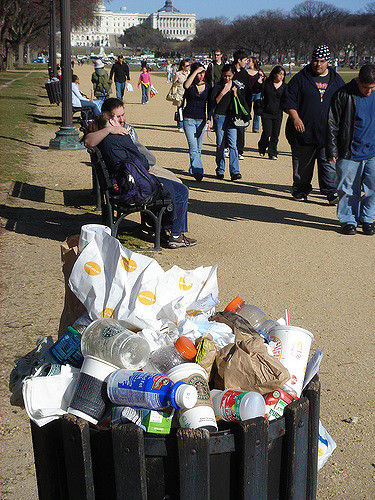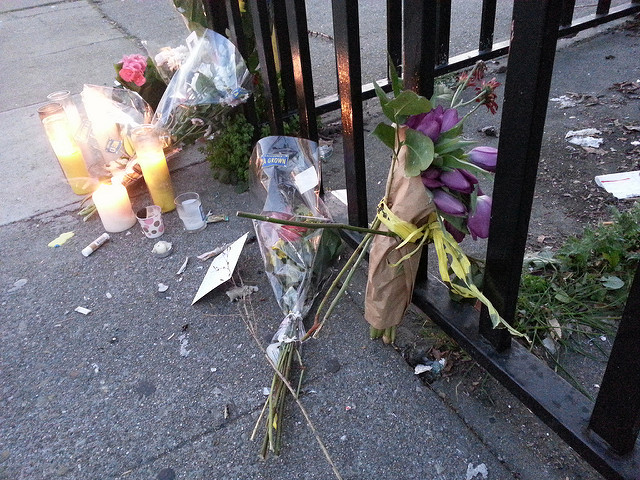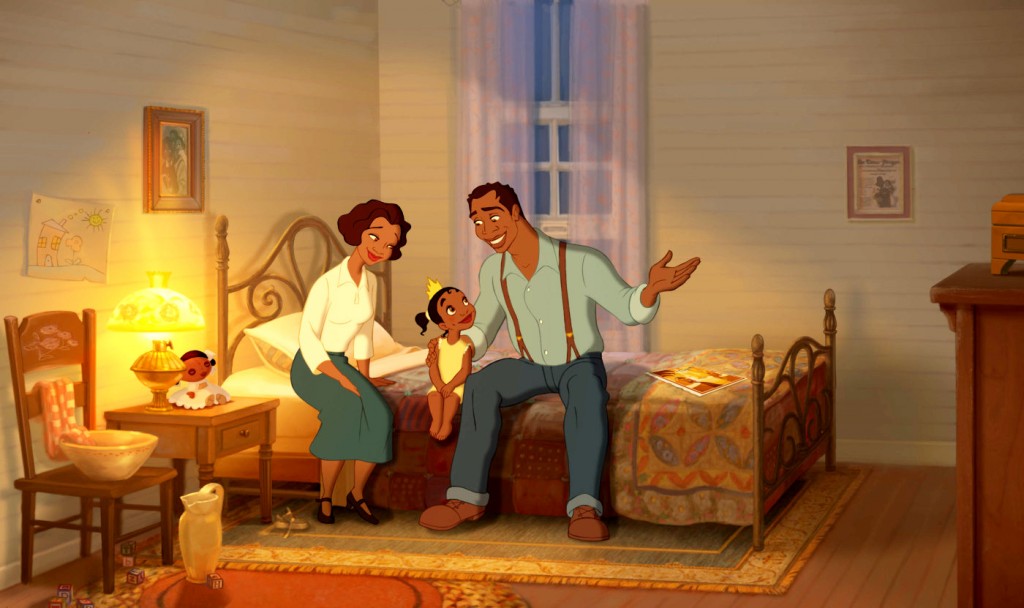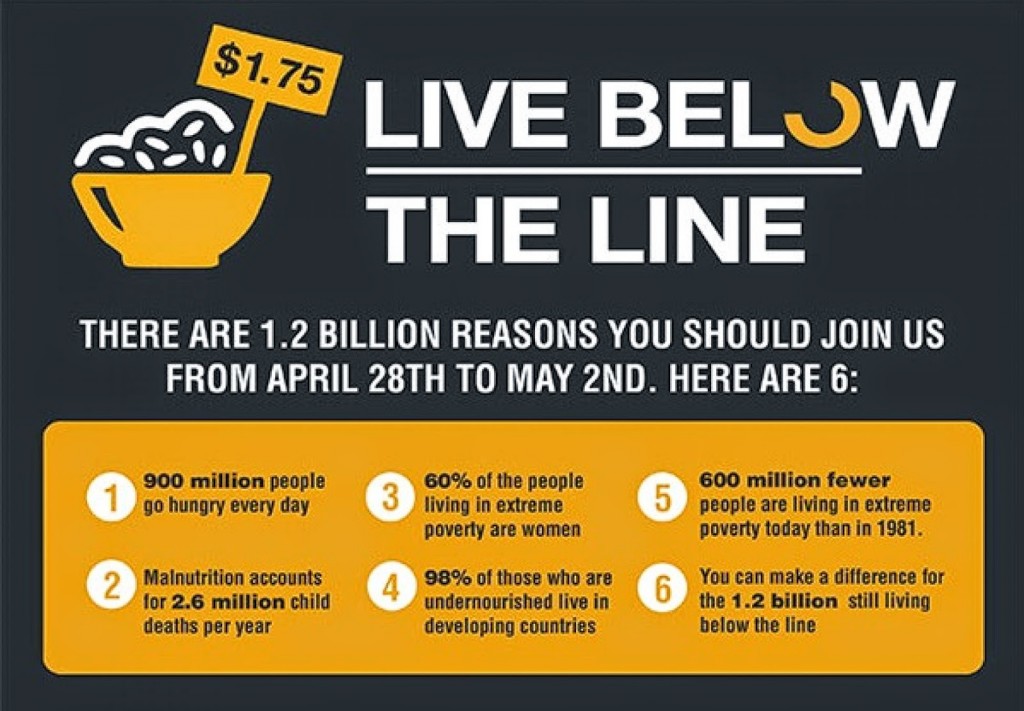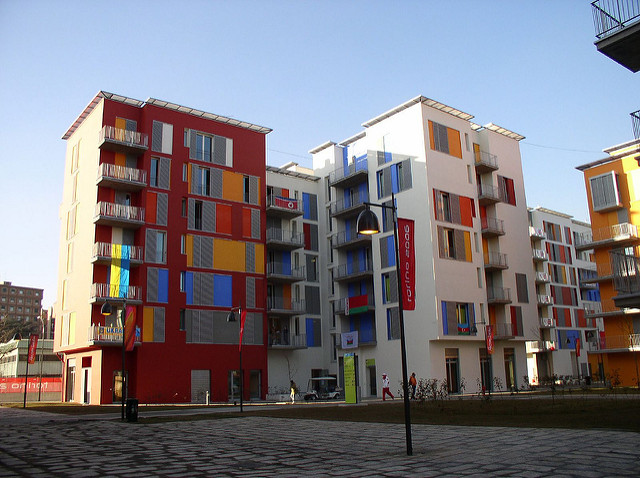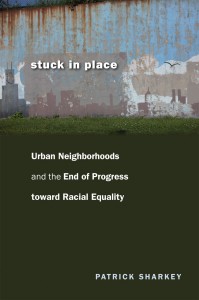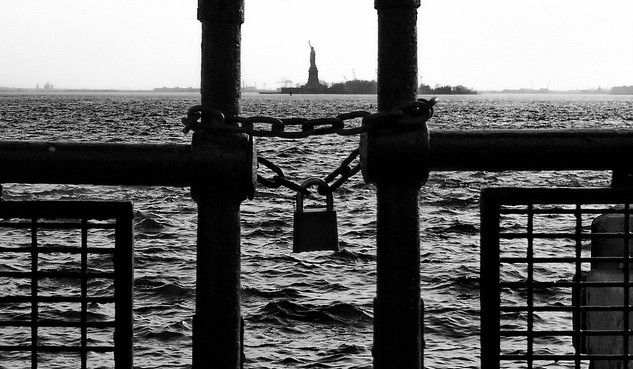- The Cut interviewed Gretchen Sisson (Sociologist at Advancing New Standards in Reproductive Health (ANSIRH) at the University of California San Francisco) about her new book Relinquished: The Politics of Adoption and the Privilege of American Motherhood, which highlights experiences of birthmothers in the adoption industry. Sisson describes how many birthmothers want to become parents, but participate in adoption for financial reasons: “We have to understand adoption largely as a product of inequity and poverty, and that is a fundamental understanding that we just don’t have in this country,” Sisson says.
- The Conversation interviewed Elijah Anderson (Professor of Sociology and African American Studies at Yale) about W.E.B. Du Bois’s The Philadelphia Negro: A Social Study and its continued relevance “to the dire circumstances of the [Philadelphia]’s impoverished population of today.”
- Eric Klinenberg (Professor of Social Science and Director of the Institute for Public Knowledge at NYU) appeared on Plain English with Derek Thompson to discuss the “hanging out crisis” (the decline in face-to-face interactions), the importance of social infrastructure, and why “aloneness isn’t always loneliness.”
- Robert Bullard (Distinguished Professor and Director of the Robert D. Bullard Center for Climate and Environmental Justice at Texas Southern University) appeared on Living on Earth to discuss how an elevated highway has caused destructive flooding in Shiloh, Alabama. “This is one of the worst cases of environmental racism that I have seen in the 40 years that I’ve worked on this. … If you look at the damage that has been caused over the last six years, you can see the drainage systems are pointed like cannons into the community. It’s almost as if the state is saying “We want you out of here. And if you don’t leave, we’re gonna drown you. We’re gonna drive you out.” Bullard discussed how pollution, vulnerabilities to climate change, and vulnerabilities to harmful infrastructure are racially segregated. This story was picked up by Inside Climate News.






